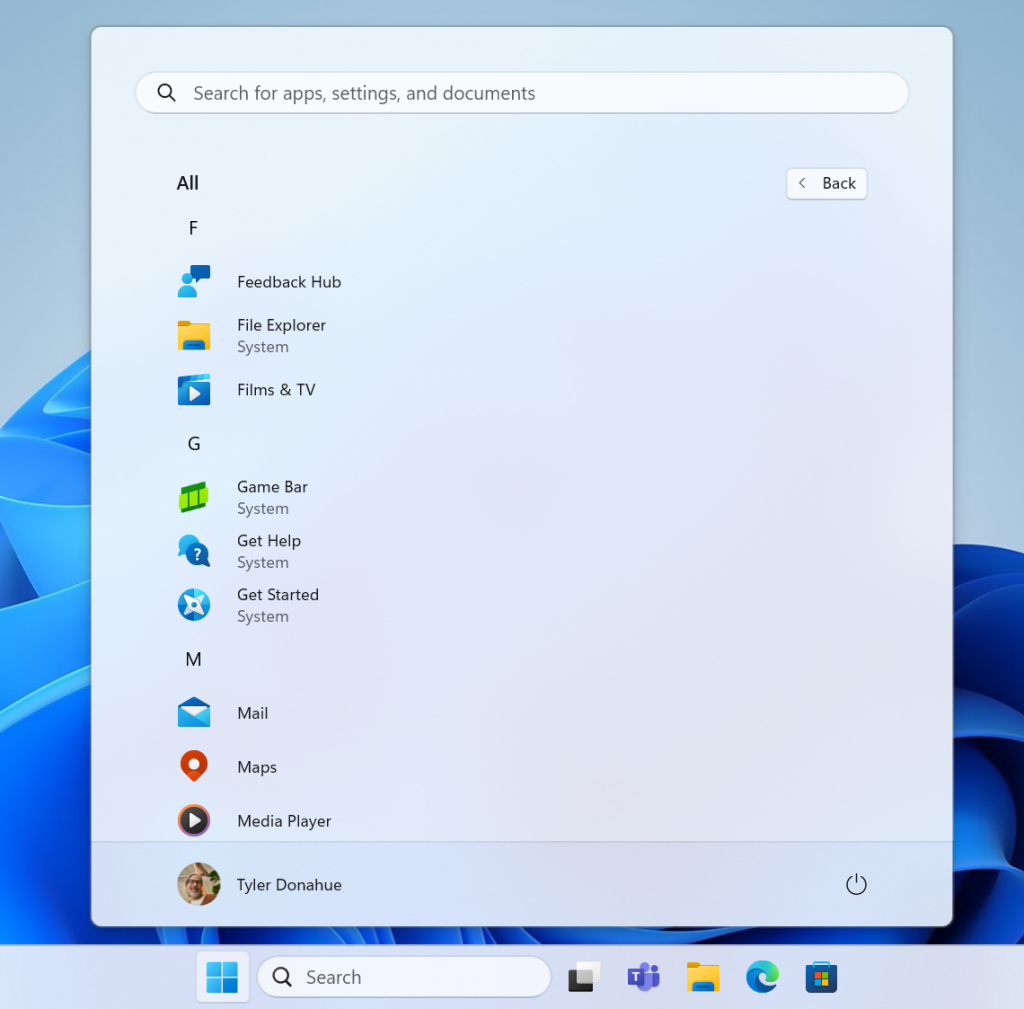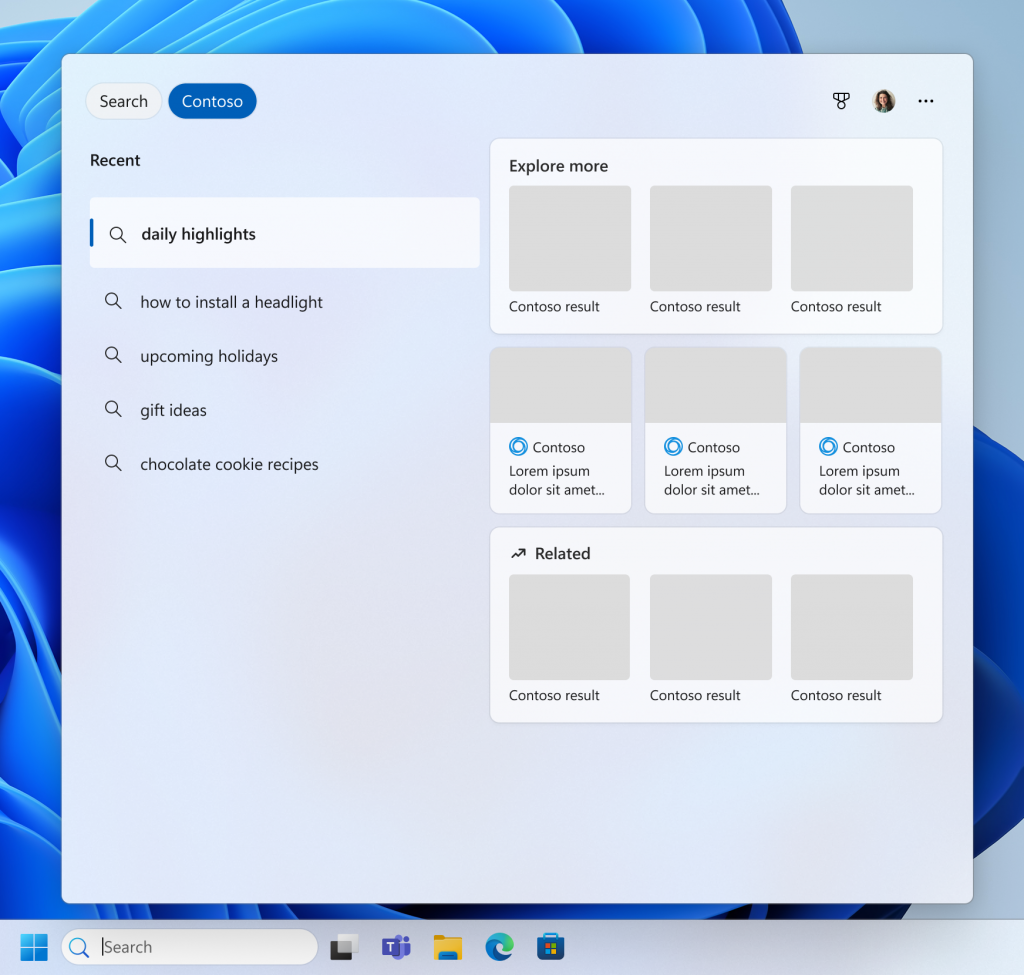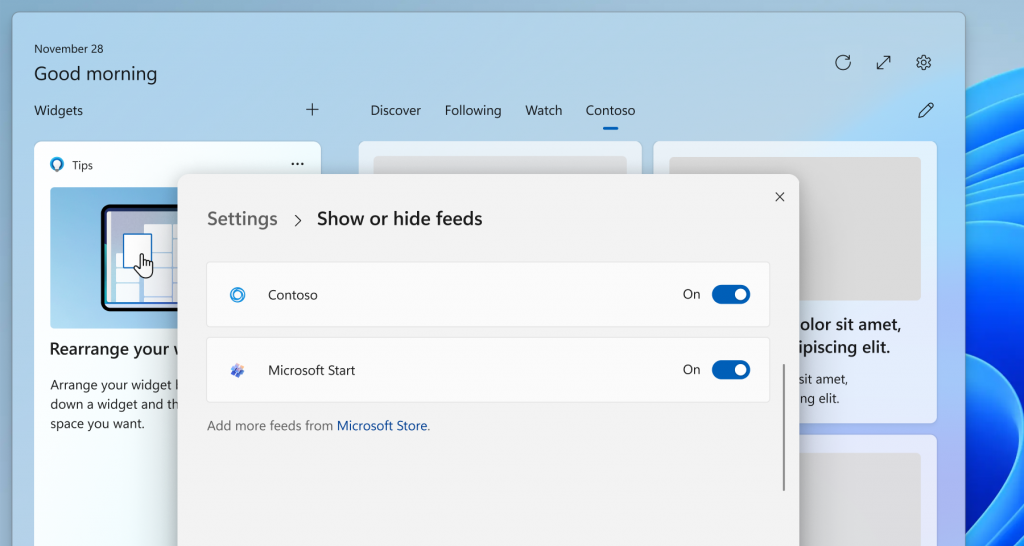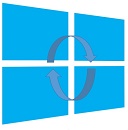This post has been republished via RSS; it originally appeared at: Windows Blog.
Hello Windows Insiders, Microsoft is working to ensure compliance with the Digital Markets Act (DMA) in the European Economic Area (EEA). We have released the November 2023 non-security preview update for Windows 11, version 23H2 to the Release Preview Channel (Build 22631.2787) that previews many of the changes we’ve made to Windows 11 to meet these obligations. These changes will gradually be rolling out to devices in Release Preview over the next couple weeks. We will be previewing changes for Windows 10 in the Release Preview Channel at a later date. We’ll be updating Windows 10, version 22H2 and Windows 11, version 23H2 PCs in the EEA to be compliant by March 6th, 2024.Windows operating system and apps
Customers using Windows have always used a combination of operating system functionality as well as apps, but now Windows will clearly identify operating system functionality in places like Settings, Start, and Search:- Settings > System > System Components will show notable operating system components.
- Start menu’s All Apps list has been renamed to All and operating system components are labeled with “system”.
- Under Search, search results will show operating system components labeled with “system”.
 System labeling under Start menu’s All list.[/caption]
All apps in Windows can be uninstalled. Of course, apps can always be installed again from the Microsoft Store and internet. Settings > Apps > Installed apps continue to show all the apps installed on the PC and we’ve added the ability to uninstall:
System labeling under Start menu’s All list.[/caption]
All apps in Windows can be uninstalled. Of course, apps can always be installed again from the Microsoft Store and internet. Settings > Apps > Installed apps continue to show all the apps installed on the PC and we’ve added the ability to uninstall:
- Camera
- Cortana
- Web Search from Microsoft Bing, in the EEA
- Microsoft Edge, in the EEA
- Photos
Interoperability with Windows features
Windows is an open platform and has a robust API surface that developers use to create millions of Windows apps. Many existing features in Windows were built specifically to enable richer app functionality, such as toast notifications (Toast notifications - Windows apps | Microsoft Learn) and widgets (Windows Widgets - Windows apps | Microsoft Learn). More interoperability points in Windows are now available. Continuing with the model used for cloud files (Build a Cloud Sync Engine that Supports Placeholder Files - Win32 apps | Microsoft Learn), these new interoperability points also use an app-based model. This benefits the app, the app developer, and the customer. Apps can bring their unique differentiation to more customers by being hosted directly in Windows features, and customers can choose to use their preferred experience for common tasks in Windows, like searching the internet. In the EEA, two new interoperability points are available:- Feeds in the Windows Widgets Board: Feed providers - Windows apps | Microsoft Learn.
- Web search in Windows Search: Windows Search providers - Windows apps | Microsoft Learn.
 Example of new interoperability point for web search.[/caption]
[caption id="attachment_176695" align="alignnone" width="510"]
Example of new interoperability point for web search.[/caption]
[caption id="attachment_176695" align="alignnone" width="510"] Example of new interoperability point for widgets.[/caption]
Example of new interoperability point for widgets.[/caption]
